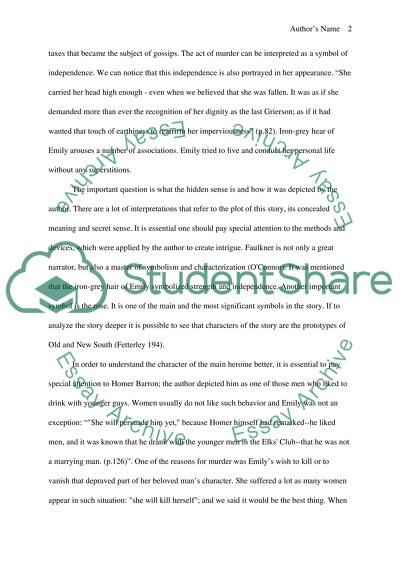Cite this document
(“A Rose for Emily Research Paper Example | Topics and Well Written Essays - 1500 words”, n.d.)
Retrieved from https://studentshare.org/english/1493302-a-rose-for-emily
Retrieved from https://studentshare.org/english/1493302-a-rose-for-emily
(A Rose for Emily Research Paper Example | Topics and Well Written Essays - 1500 Words)
https://studentshare.org/english/1493302-a-rose-for-emily.
https://studentshare.org/english/1493302-a-rose-for-emily.
“A Rose for Emily Research Paper Example | Topics and Well Written Essays - 1500 Words”, n.d. https://studentshare.org/english/1493302-a-rose-for-emily.


